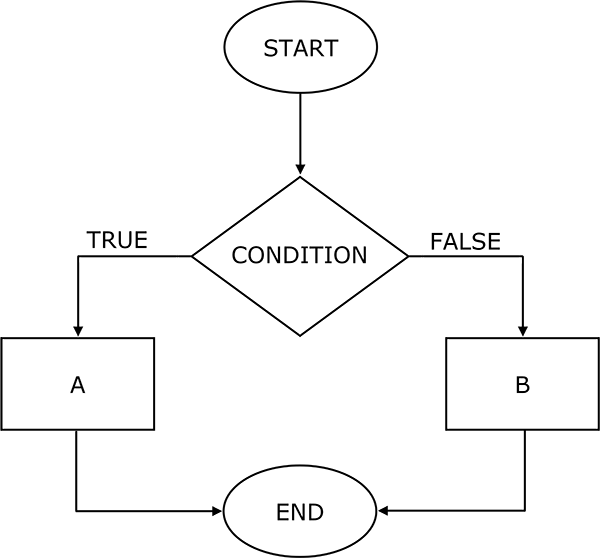The information and resources in this section address the reading and viewing, writing, and speaking and listening modes across the Digital Technologies curriculum.
Literacy in Digital Technologies Video: Explained
Literacy in Digital Technologies
Literacy in Digital Technologies is different to digital literacy.
Literacy in Digital Technologies relates to students' abilities to:
- read, view, write, orate and listen to texts
- access, understand and communicate knowledge about digital tools and systems.
Digital literacy relates to an individual's ability to use digital tools and systems to:
- identify, access, manage, integrate, evaluate, analyse and synthesize digital resources,
- construct new knowledge,
- create media expressions,
- and communicate with others, in the context of specific life situations,
- in order to enable constructive social action; and to reflect upon this process (Martin, 2005, p. 135).
More broadly, digital literacy can be thought to include technical, cognitive and social-emotional dimensions (Ng, 2019).
The 7–10 Victorian Curriculum: Digital Technologies engages students in developing digital literacy. This can be seen in the rationale for this domain area:
The Digital Technologies curriculum enables students to become confident and creative developers of digital solutions through the application of information systems and specific ways of thinking about problem-solving. (VCAA, n.d.)
For students to develop digital literacy, though, they must first engage in specific literate practices to build their technical, cognitive, and social-emotional understanding, and to be able to communicate to others their developing knowledge.
Literate Demands in Digital Technologies education
Literacy is fundamental to Digital Technologies, and the Digital Technologies curriculum presents a range of unique literacy challenges for students.
The Digital Technologies curriculum engages students in 'Structured English' language to communicate programs and algorithms in computer programming. Structured English refers to a set of key English terms that standardise the communication of computer programming, without the need to learn a new programming language. Frequently used terms include 'IF', 'THEN', 'NEXT', 'UNTIL', 'START', 'END', 'PRINT'.
Informed use of these terms can support students to develop their communication abilities. Understanding how these terms can be combined and structured within a computer program is a key literacy skill of the Digital Technologies Curriculum.
Knowing how to read and write through diagrams in Digital Technologies is important as it is the foundation for students' understanding of complex Digital Technologies knowledge and processes. The diagram below, for example, represents the logical sequencing of programming using the specific language of computing. Students need to be supported to develop the literate skills to be able to read, interpret and create such diagrams.

As with many subject areas, the language and terminology used in Digital Technologies can be challenging for students, in part because the vocabulary often lacks a concrete context for its use outside the Digital Technologies classroom. Such terms include:
- algorithm
- user experience
- debugging
- visual programming
- compression.
Using targeted literacy teaching strategies, teachers can:
- support students to understand and correctly use new Digital Technologies vocabulary and terms
- support students to identify and decompose a problem, design and communicate a possible solution, evaluate and reflect on outcomes.
Digital Technologies texts are also inherently multimodal, containing written language, virtual representations, diagrams, videos, computer codes/programs and images. There are several multimodal text types that students must be able to read and produce in Digital Technologies, including:
- informative texts (e.g. privacy statements)
- procedural texts (e.g. cybersafety protocols)
- technical texts (e.g. code)
- evaluative reports (e.g. website reviews)
- websites.
Teaching students how multimodal elements of a text work together to create meaning will assist them in developing and communicating their Digital Technologies understanding.
Literacy in the Victorian Curriculum: Digital Technologies
Literate practices are embedded in the aims of the Victorian Curriculum: Digital Technologies.
The curriculum aims to ensure that students can:
- design, create, manage and evaluate sustainable and innovative digital solutions
- confidently use digital systems to efficiently and effectively automate the transformation of data into information and to communicate ideas in a range of settings creatively
- apply protocols and legal practices that support safe, ethical and respectful communications and collaboration with known and unknown audiences (VCAA, n.d.).
Each of the strands within the Digital Technologies curriculum requires different literacy capabilities.
- The Digital Systems strand introduces students to new terminology associated with hardware, software and network components of digital systems and the transmission of data.
- The Creating Digital Solutions strand, students are asked to analyse, design, develop and evaluate digital solutions.
- The Data and Information strand of the Digital Technologies curriculum supports students to understand how data are represented and structured symbolically. (VCAA, n.d.).
References
Martin, A. (2005). DigEuLit—A European framework for digital literacy: A progress report. Journal of eLiteracy, 2(2), 130–136.
Ng, W. (2015).
New digital technology in education: Conceptualizing professional learning for educators. Springer.
VCAA. (2019). Victorian Curriculum: Digital Technologies. Retrieved from
https://victoriancurriculum.vcaa.vic.edu.au/technologies/digital-technologies/1